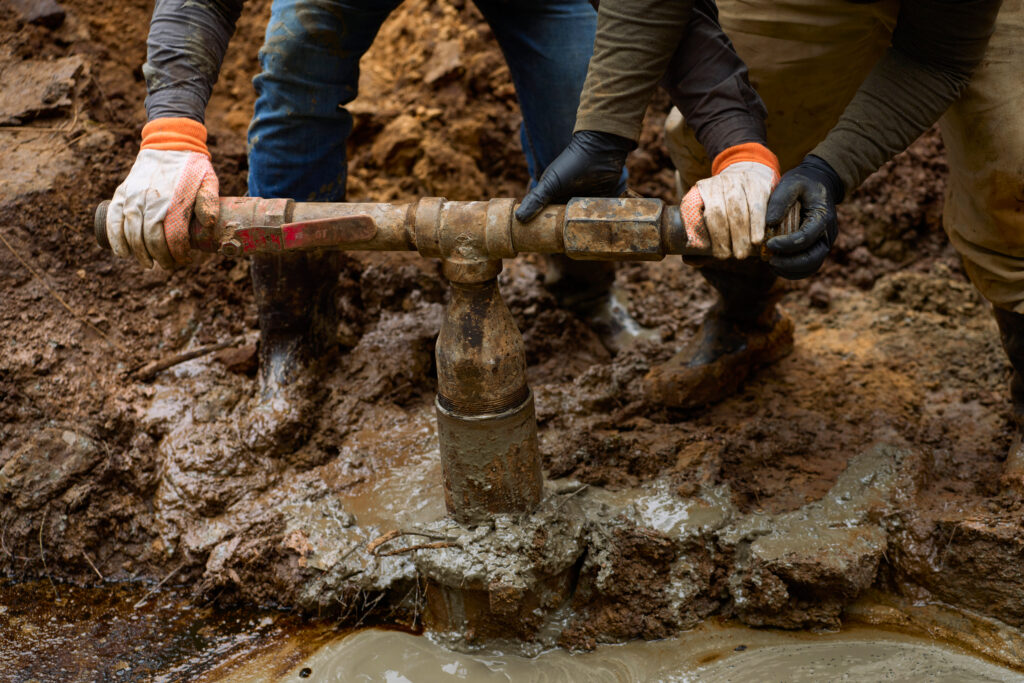Scientists have mapped groundwater variables across the U.S. to identify aquifers most susceptible to contamination from orphan wells for the first time.
Orphan wells are oil and gas wells without active ownership that are not producing and remain unplugged, providing pathways for contaminants to migrate into groundwater zones. Plugging a well prevents such contamination.
USGS scientists, including Joshua Woda and Kristina Gutchess, published a geospatial analysis on orphan wells and water-quality threats in Science of the Total Environment. The study indicates that aquifers in Appalachia, the Gulf Coast, and California are vulnerable due to factors like the concentration and age of orphan wells.
Utilizing a dataset of 117,672 documented orphan wells, 54% were found within aquifers supplying 94% of the nation’s groundwater.
Orphan Wells in Major U.S. Aquifers
Researchers mapped orphan well locations over primary and secondary aquifers using GIS datasets, focusing on factors like the age of wells, which can affect contamination vulnerability. Pennsylvanian aquifers, spanning several Appalachian states, face significant risk, with some wells over 100 years old located near residential and coal seam areas.
The Gulf Coast aquifers, including those in wetland areas, are also susceptible. California’s Coastal aquifers and Central Valley show high concentrations of old wells in urbanized areas with intensive groundwater use.
Oklahoma’s Ada-Vamoosa aquifer has the highest concentration of orphan wells per square mile.
The paper does not quantify groundwater contamination but suggests policymakers use it to target aquifers for further research.
“This could be a good starting point for local investigations,” said Woda.
Since the dataset’s creation, 40,000 wells have been added to the national orphan well list, while approximately 10,000 have been plugged.
This research is part of the U.S. Department of the Interior Orphaned Wells Program under the Bipartisan Infrastructure Law.
Pennsylvania’s “Swiss Cheese” Terrain from Drilling
Orphan wells have been linked to groundwater contamination in Pennsylvania, Ohio, and Texas. A Pennsylvania Department of Environmental Protection report highlighted cases of contamination from orphan wells.
Professor John Stolz from Duquesne University noted that some wells in Pennsylvania are encased with deteriorating materials like wood, unlike the cement used today, causing parts of the state to resemble “Swiss cheese” due to drilling.
Stolz is examining a “frack-out” incident in New Freeport, southwestern Pennsylvania, where fracking fluids traveled to an orphan well 3,000 feet away, forcing residents to rely on bottled water, as reported by NBC News. He emphasized the regularity of such incidents.
Original Story at insideclimatenews.org
